Winter brings beautiful scenery of white-clad trees, nights by the fireside, and festive holidays. But it comes with special dangers that lead to injury — even the small ones that, if ignored, can hinder your normal routine. Cold weather, icy sidewalks, and sports indoors all contribute to the danger. So, let’s review the top five minor injuries to watch out for this winter and how to prevent them.
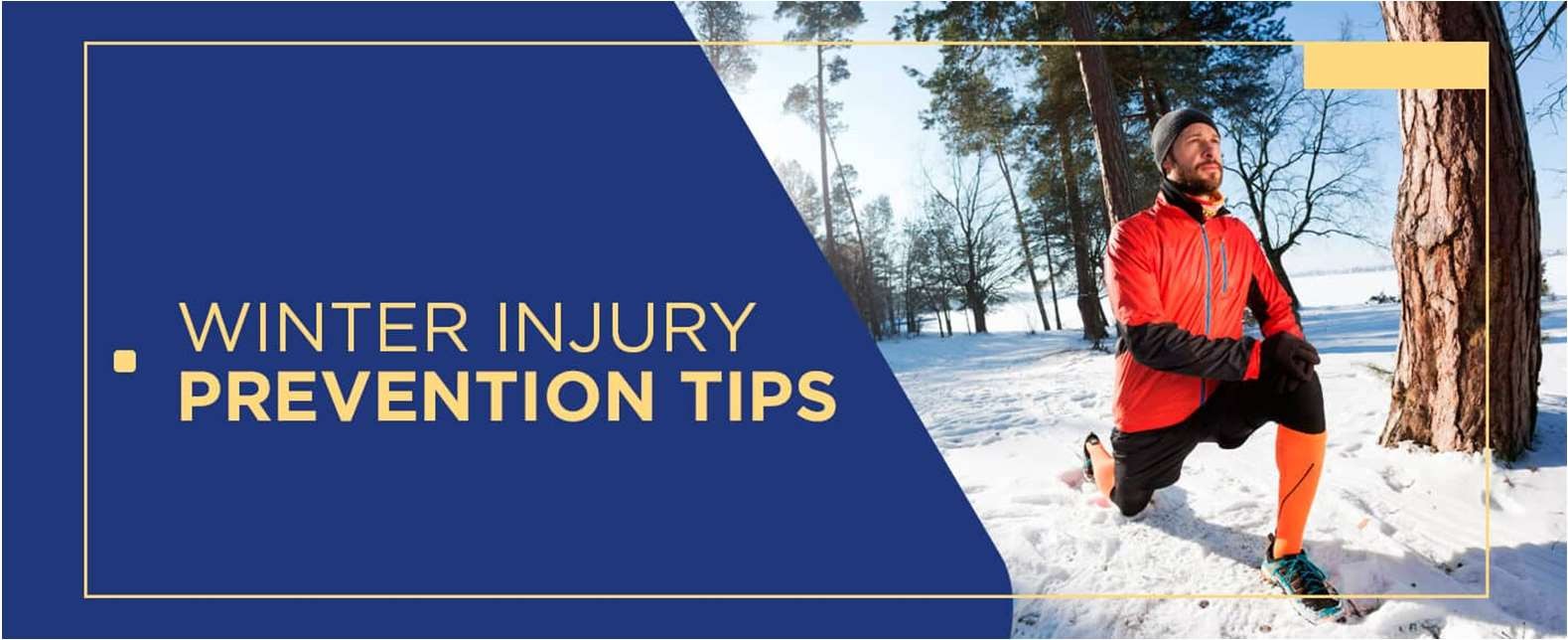
Slipping and Falling on Ice
When temperatures drop, sidewalks, driveways, and roads are likely to be covered with a thin layer of ice — sometimes
imperceptible, known as “black ice.” Slipping on ice is one of the
most common winter injuries. Even a minor fall can lead to sprains, bruises, or minor fractures . Common effects are sprained ankles,
wrist sprains, or minor concussions from bumping your head. Some
of these injuries resolve with rest and ice, but they are painful and can interfere with your usual activities . Prevention Tips : Wear
shoes or boots that have good traction . Take small, cautious steps, and penguin-walk — slightly bent forward . Use handrails when available . Salt or sand icy spots close to your house.
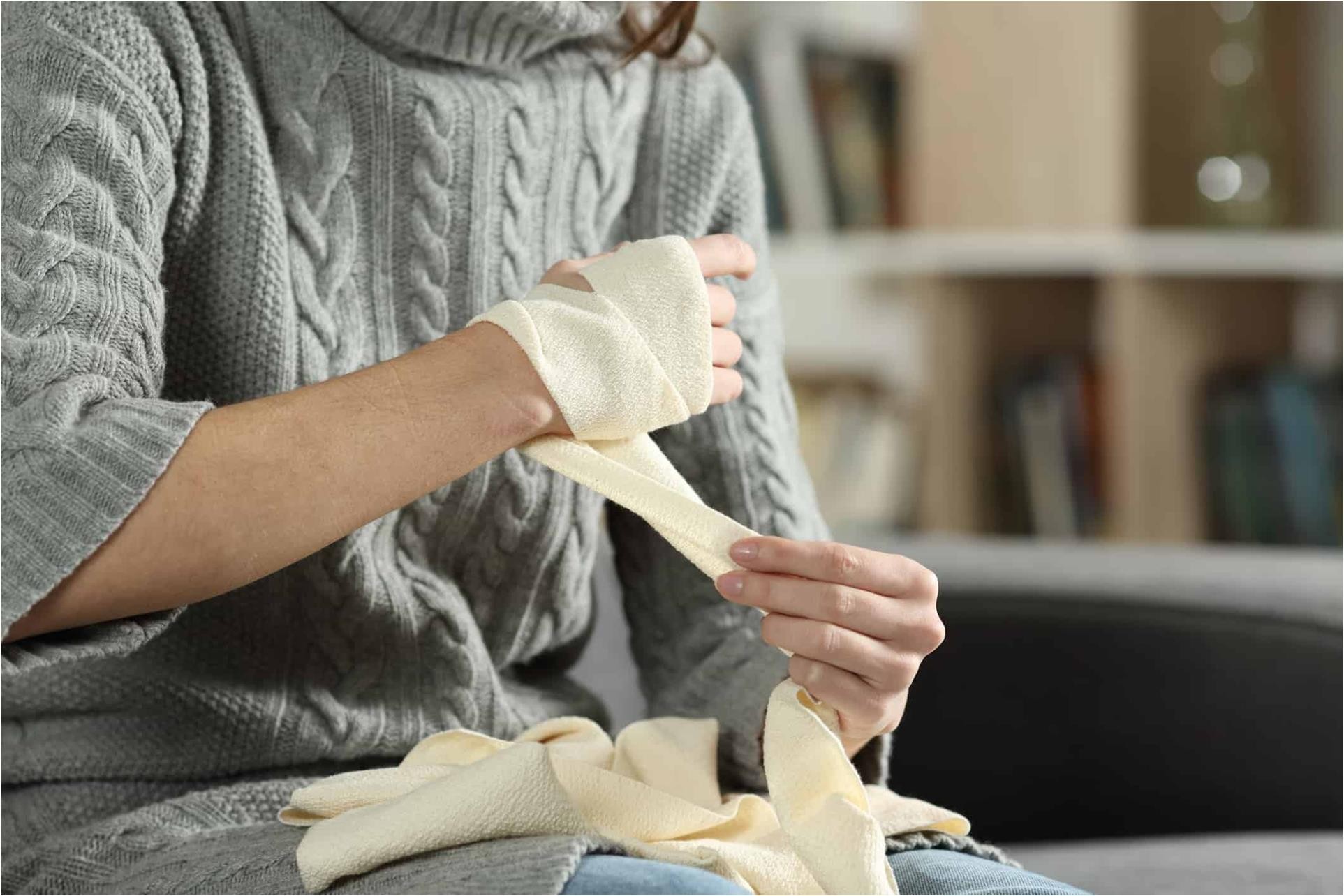
Frostbite and Cold Burns
Prolonged exposure to freezing temperatures can cause frostbite or cold burns, even when you have been outside for only a short period. Fingers, toes, ears, and noses are particularly vulnerable.
Though severe frostbite requires immediate medical attention,
slight frostbite is more common and causes numbness, redness, and tingling . Signs to Watch For : White, red, or grayish-yellow
color of the skin Abnormally numb or cold sensation Hard or waxy look of the skin Prevention Measures : Wear layers, such as hats,
gloves, scarves, and thermal stockings . Don’t spend time outdoors in very cold weather . Keep active to keep the blood flowing outside.
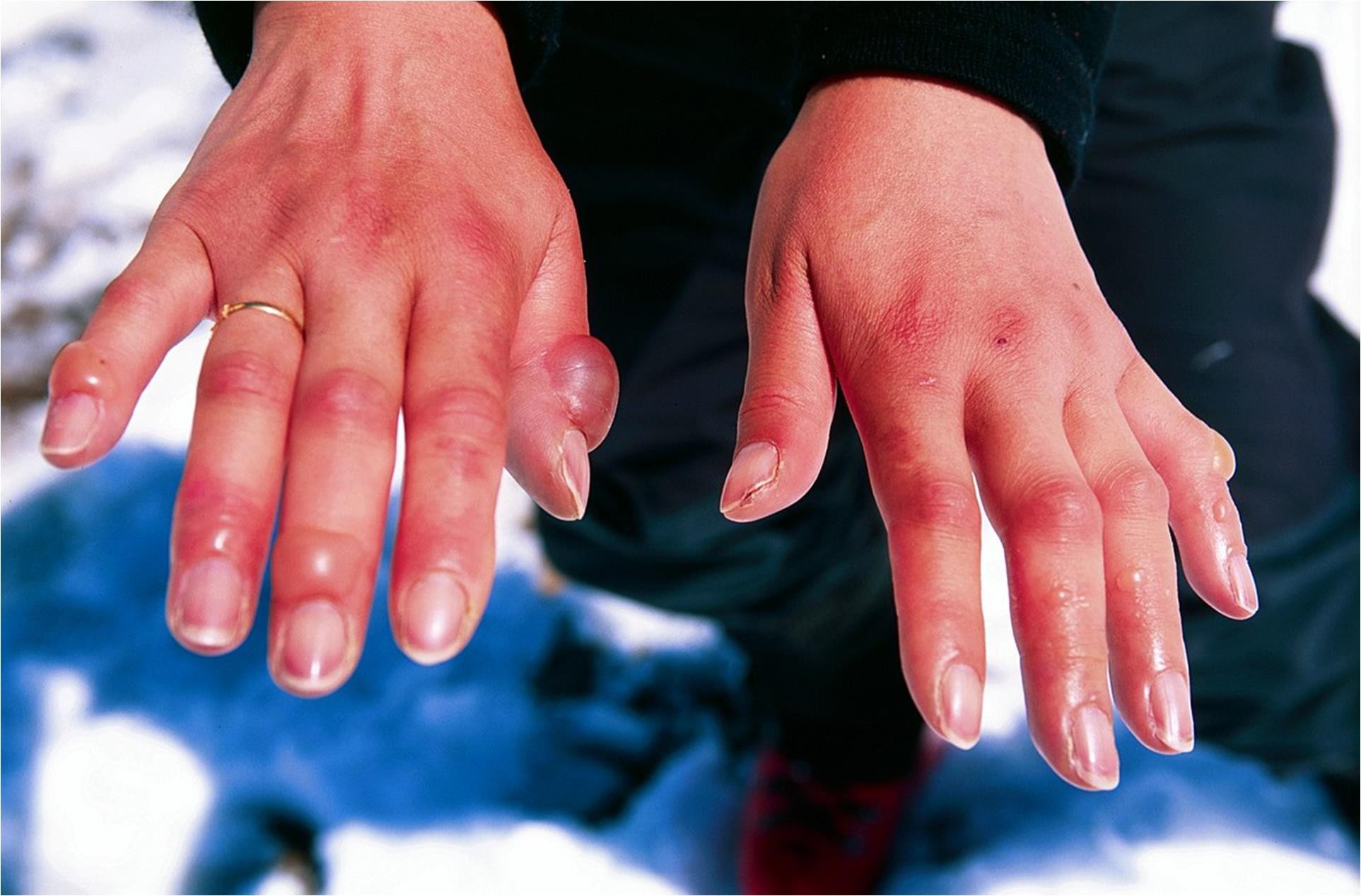
Winter sports injuries
Snowboarding, skiing, ice skating, and sledding are all thrilling winter sports but with danger. Bruises, sprains, or minor cuts are easily incurred among winter sport athletes. Inadequate
equipment, inadequate warm-up, or congested slopes can
increase the chances of accidents . Common Injuries : Wrist sprain
from falling on ice skates Knee injury from ski accidents Shoulder strain from sledding falls Prevention Tips : Always wear appropriate protection gear, helmets, knee pads, and wrist guards . Stretch and warm up prior to participation in winter sports . Practice the right techniques and avoid being overconfident .
Follow guidelines and signs at ski parks or resorts.
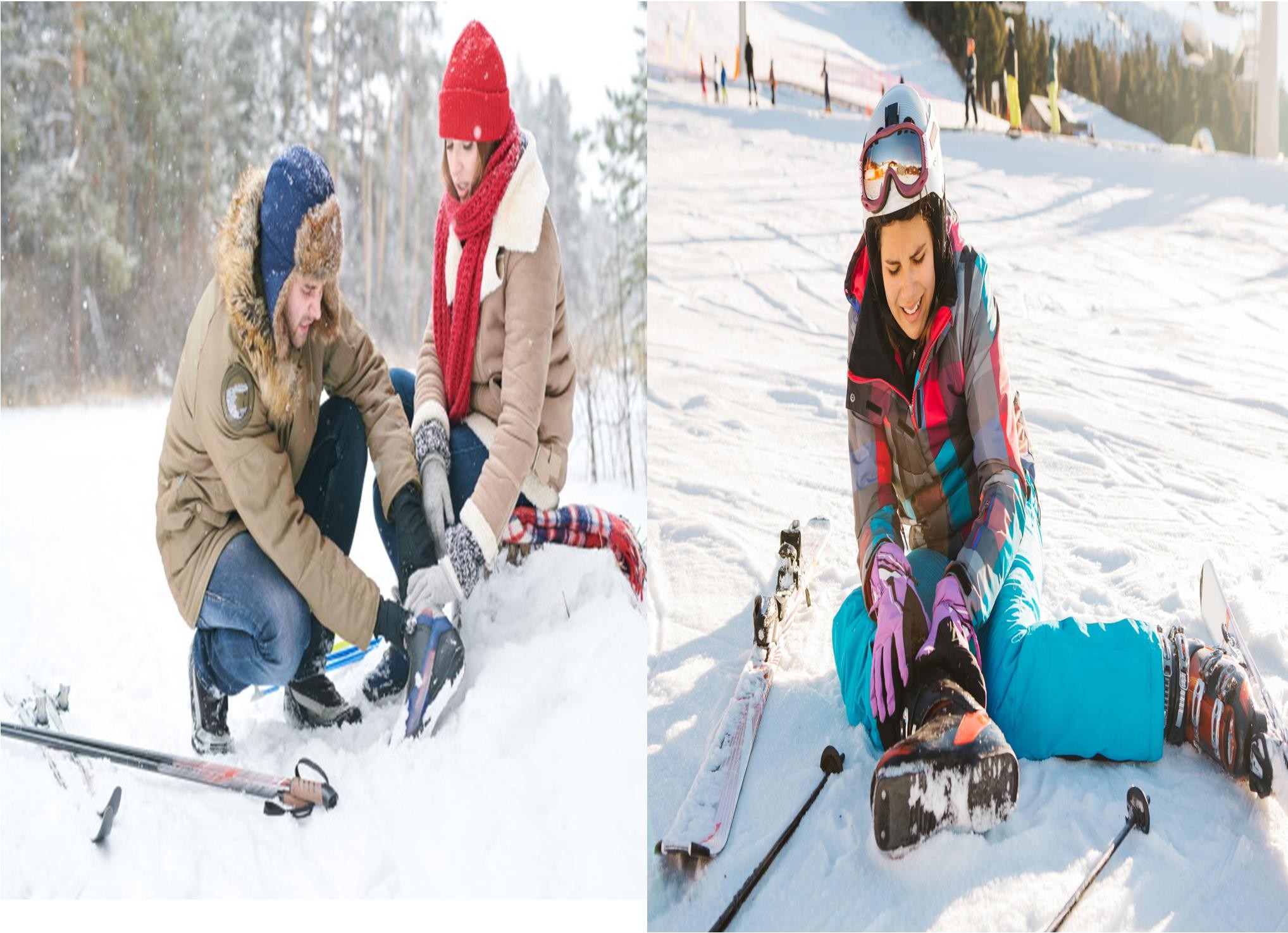
Heater and Fireplace Burns
• There’s nothing quite like sitting in front of a roaring fire or beside a space heater on a cold day. They can be sources of minor burns if not handled carefully, however. Children, pets, and even inattentive adults are too hasty to swat against a hot surface and get burned . Situations to Be Aware Of : Slipping against a warm space heater Incidents near a fireplace Spilling hot drinks like coffee or tea while all bundled up Prevention Tips : Place flammable materials away from fireplaces and heaters . Use protective screens for fireplaces . Do not leave heaters or fires unattended . Exercise caution with hot drinks when wearing bulky clothing that will make you more clumsy.
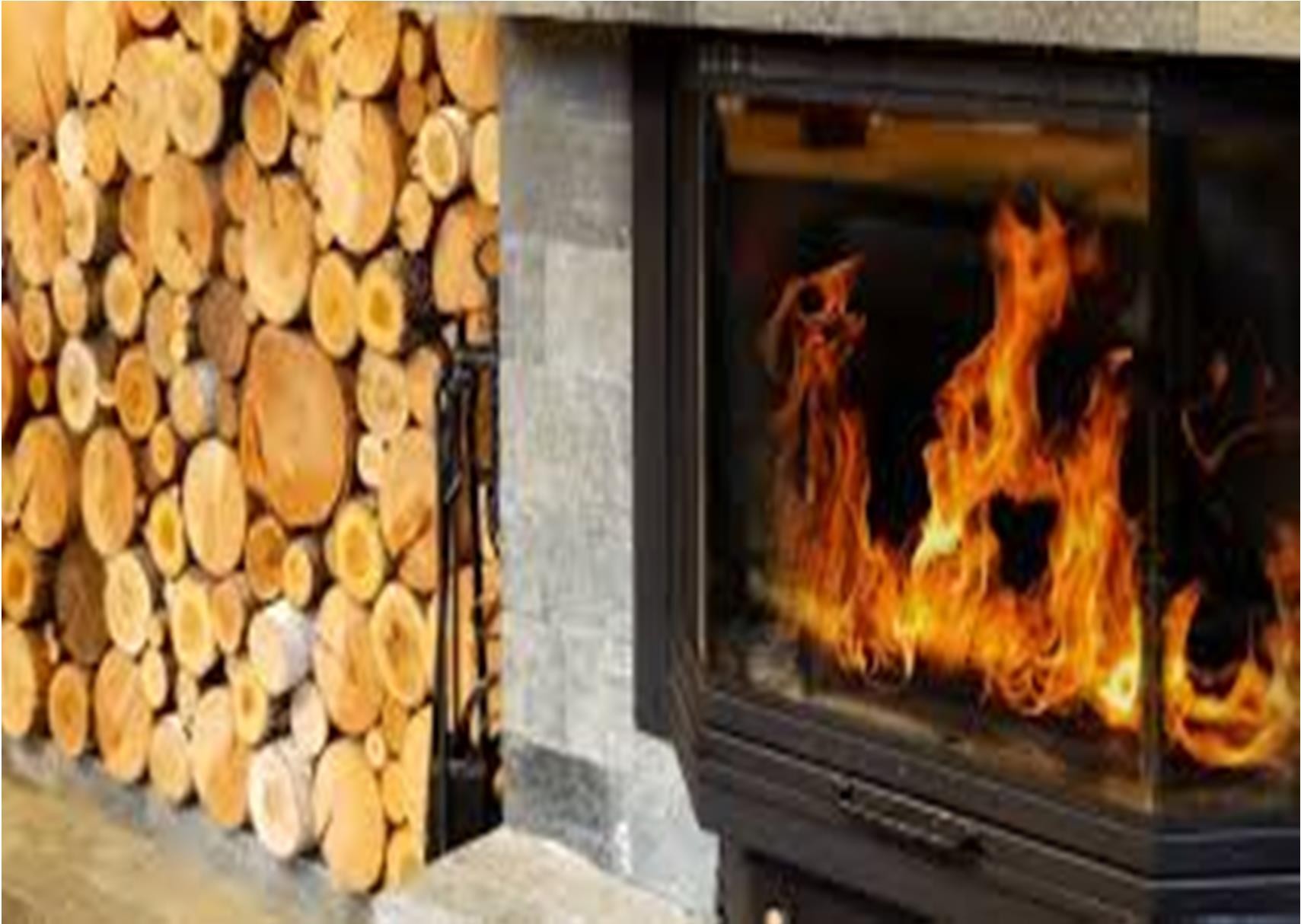
Muscle Strains from Snow Shoveling
• Shoveling snow may seem to be an easy job, but it’s actually quite physically demanding. Each year, numerous individuals suffer from muscle strains, especially in the back, shoulders, and arms, as a result of incorrect shoveling techniques or excessive effort . Risk Factors : Lifting heavy, wet snow without bending the knees Twisting the back when throwing snow Working continuously for an extended period without resting Prevention Tips : Warm up before venturing outside . Use a lightweight, curved-handled shovel to minimize bending . Push rather than lift whenever possible . Lift with legs, not back, and take regular breaks.
Conclusion
While winter is a wonderful time, it also brings certain dangers with it that will land you in aches and pains if you are not careful. By taking simple precautions — such as :
dressing up well, being careful on the ice, using your gear
intelligently, and snow-clearing safely — you can minimize your risks. Be careful, be safe, and have all the lovely things winter offers without excessive aches and pains.
